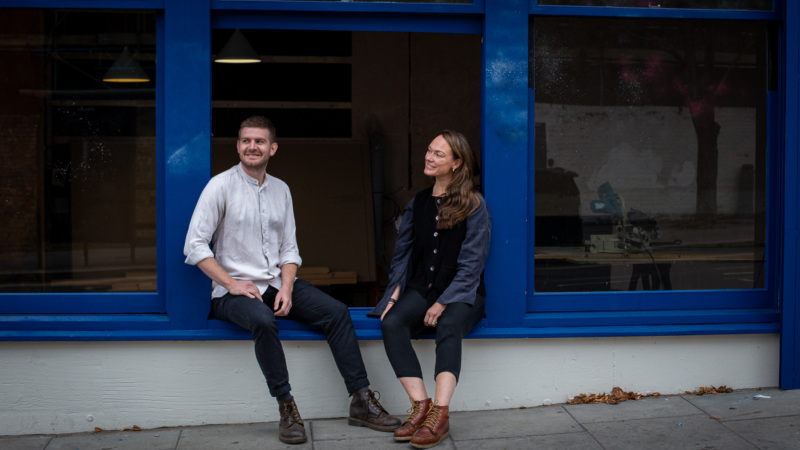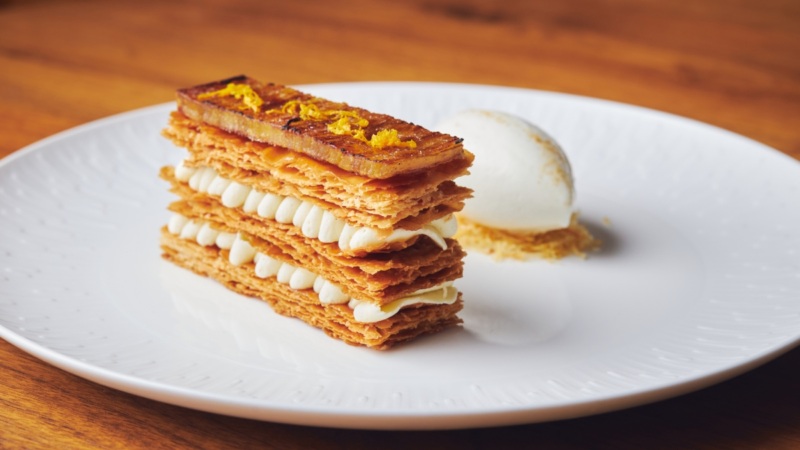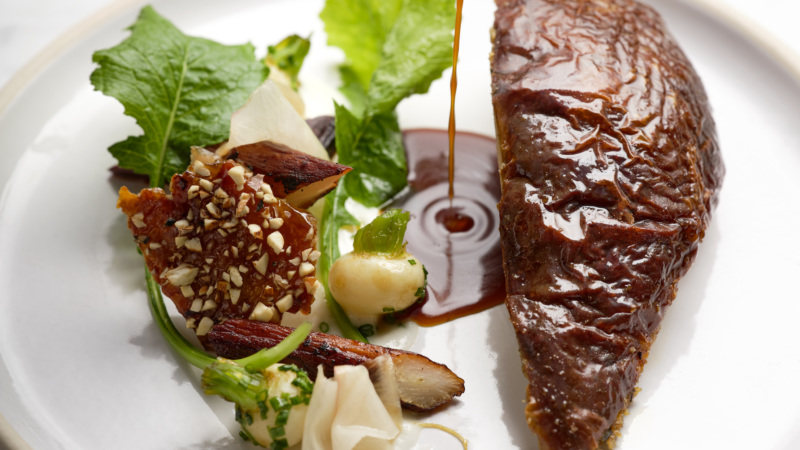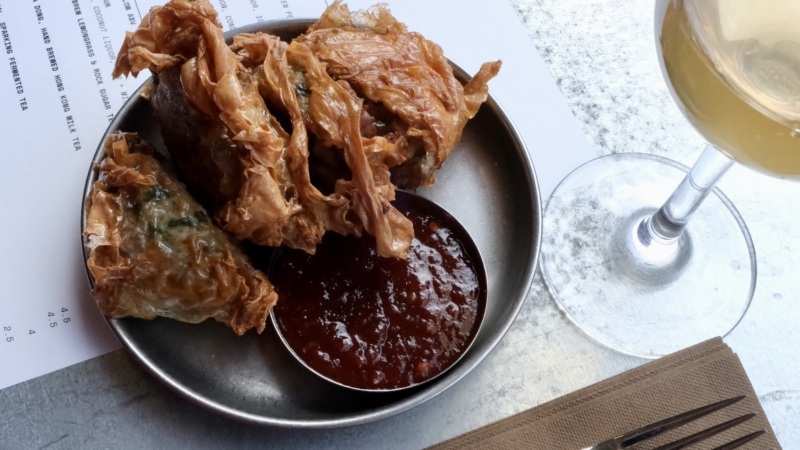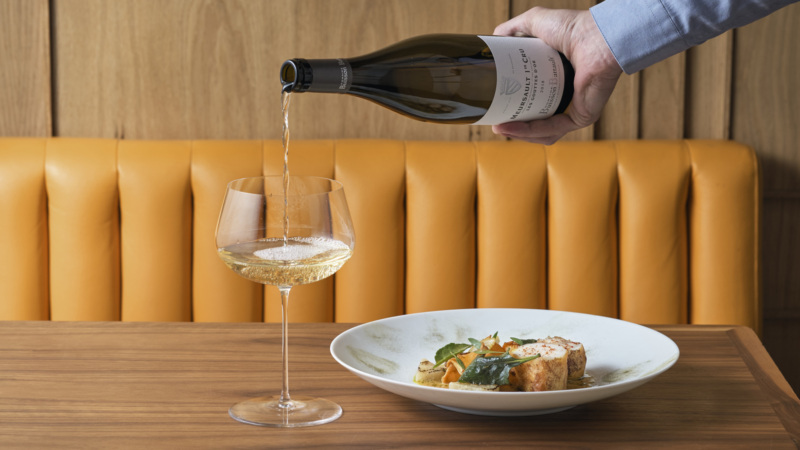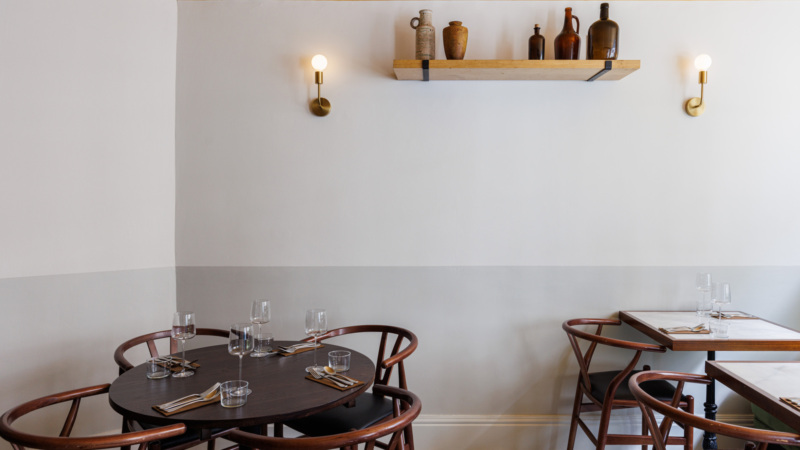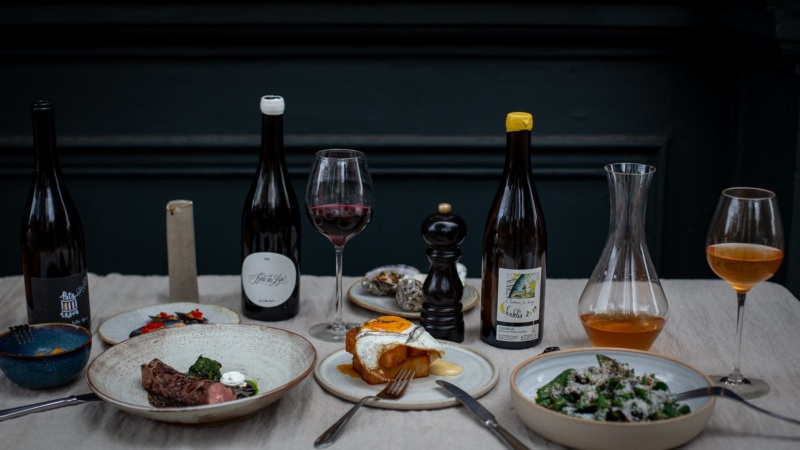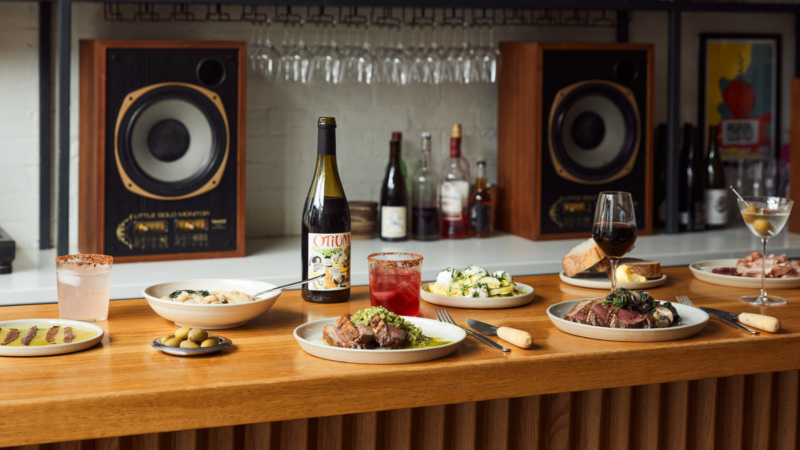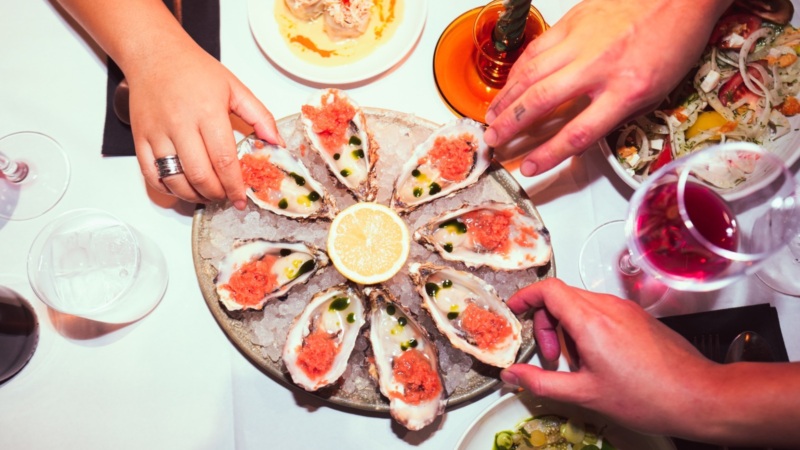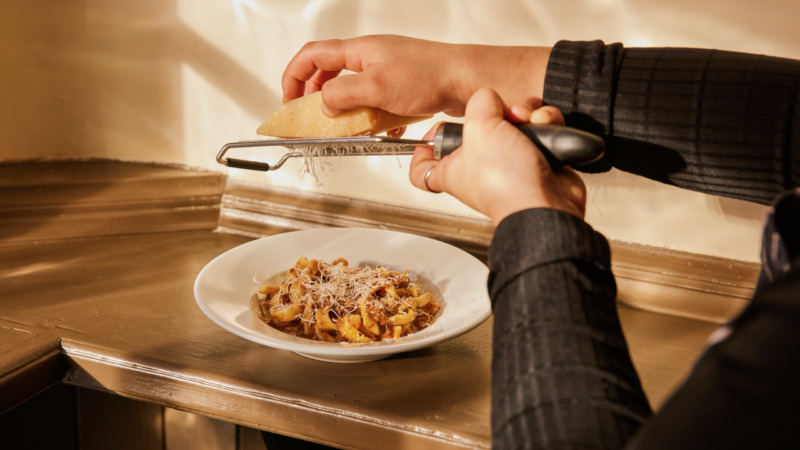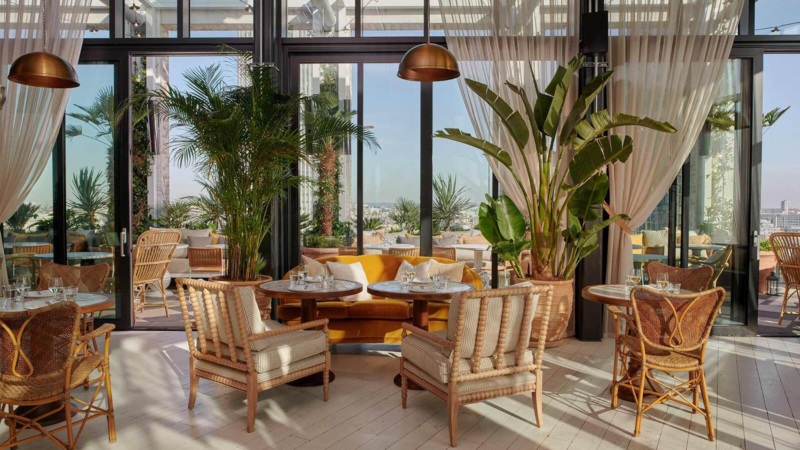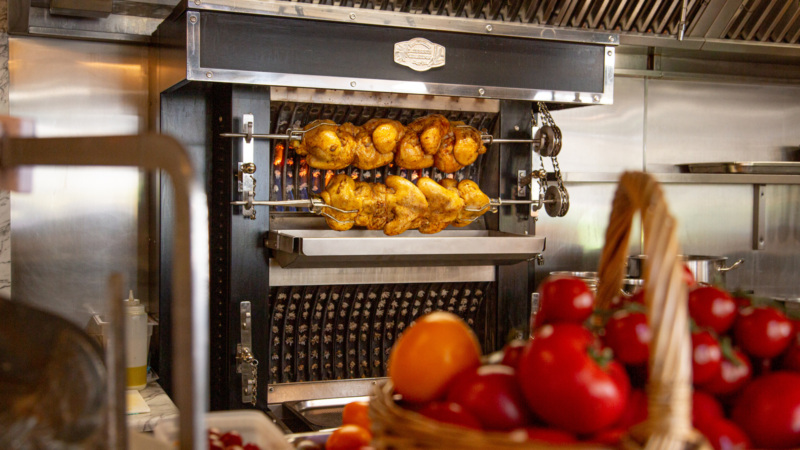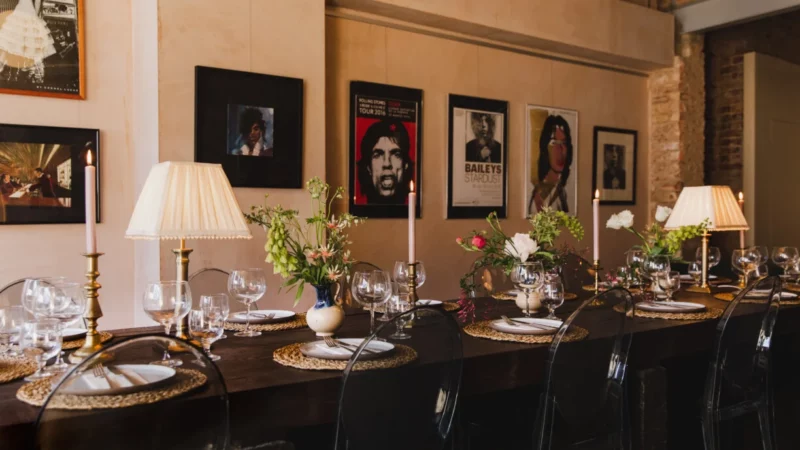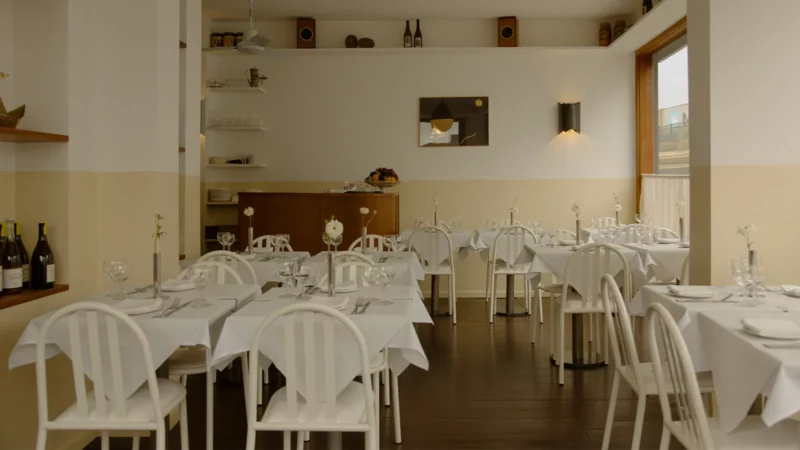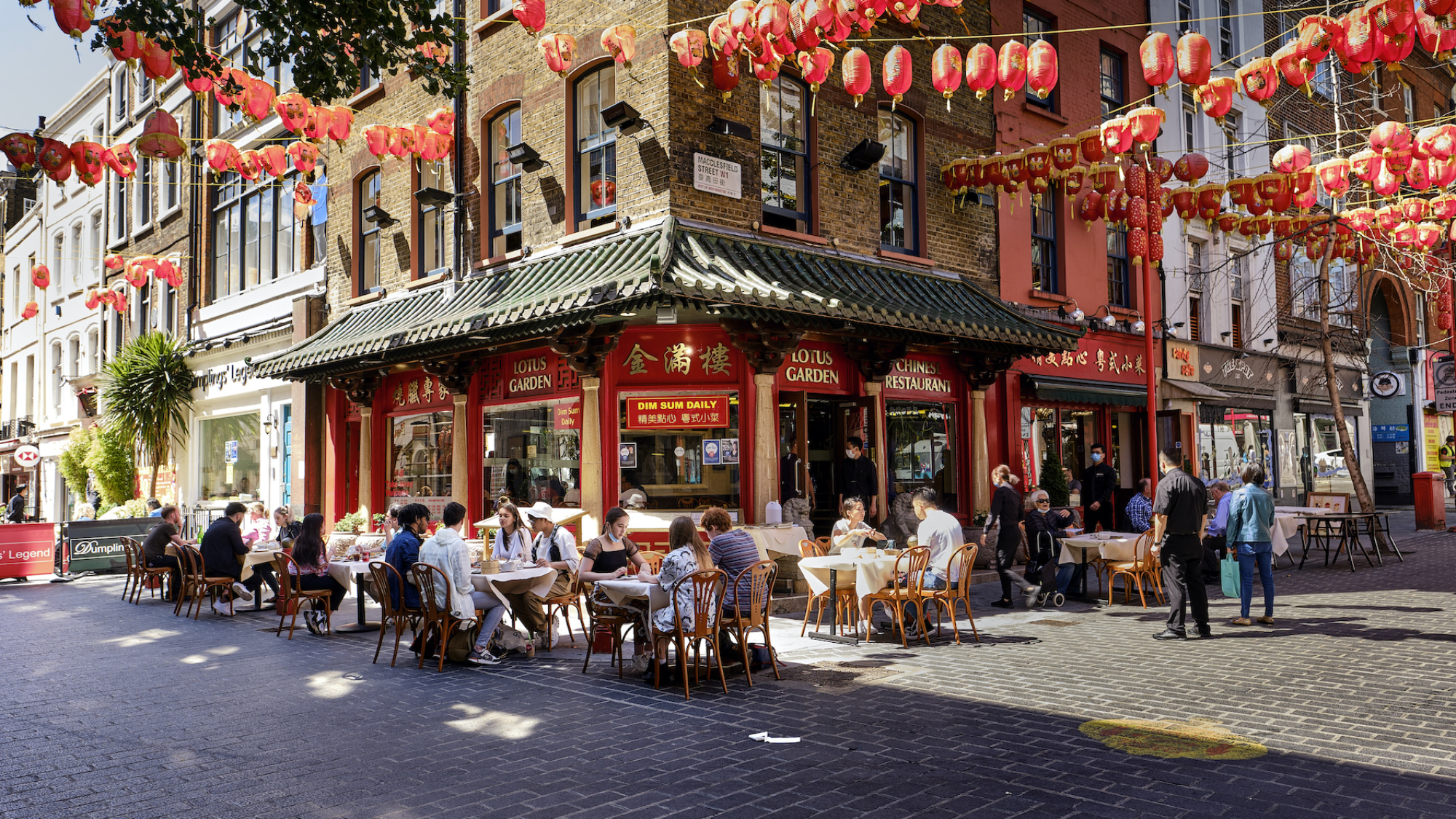
Seven Lessons Learned About Restaurants in a Year Unlike Any Other
For London’s restaurants, the coronavirus pandemic and its aftershocks have felt nothing short of seismic, with repeated lockdowns, dining restrictions, distancing protocols, curfews, and a tiering system all installed to reduce the spread of COVID-19, wiping an estimated £53 billion from the national sector in 2020 – and more losses are expected in December from the evaporation of Christmas trade and a new ‘Tier 4″ designation. As with other cities around the world, the massive cost to the city’s hospitality businesses has been part of a larger picture of destruction and economic fallout.
2020 has served a multitude of lessons to those who love restaurants. Here, we’ve compiled a few of our major takeaways from a year in speaking to a few of the restaurants we love, with an appreciation for the things we currently have, and an eye to the future and opportunities for change.
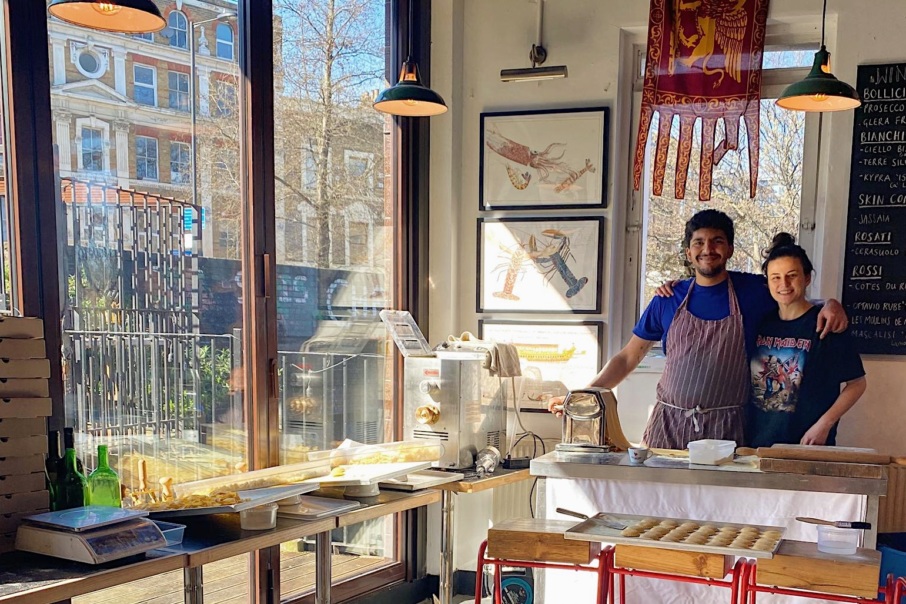
1. No One Hustles Quite Like Restaurants
“People are just super supportive, incredibly so. We’ve been getting a lot of people that live across the road coming in. Even if they don’t eat pasta, they just come in and support us and buy our ceramics or a bottle of wine, just to show support.”
2020 was a re-ordering of peoples’ priorities.
Early in the pandemic, there was a collective reality check that, while London’s reputation as a cultural and financial powerhouse drew people from far and wide, it was the city’s essential workers that kept it ticking over each day. Likewise, the city’s reputation as a home for some of the world’s greatest fine dining establishments is known, but as the pandemic arrived and Londoners retreated to their homes, it was the familiarity of a great neighbourhood restaurant that we missed most of all.
Through the pandemic, we followed Mitshel Ibrahim, chef-owner of the beloved Hackney Italian restaurant Ombra, as he steered his team through the uncharted waters of the pandemic.
Follow the entire series here and read Ibrahim’s (and others’) thoughts from the immediate aftermath of lockdown, as fatigue began to set in over the summer, and reflections on a wild October ahead of the second lockdown.
*****
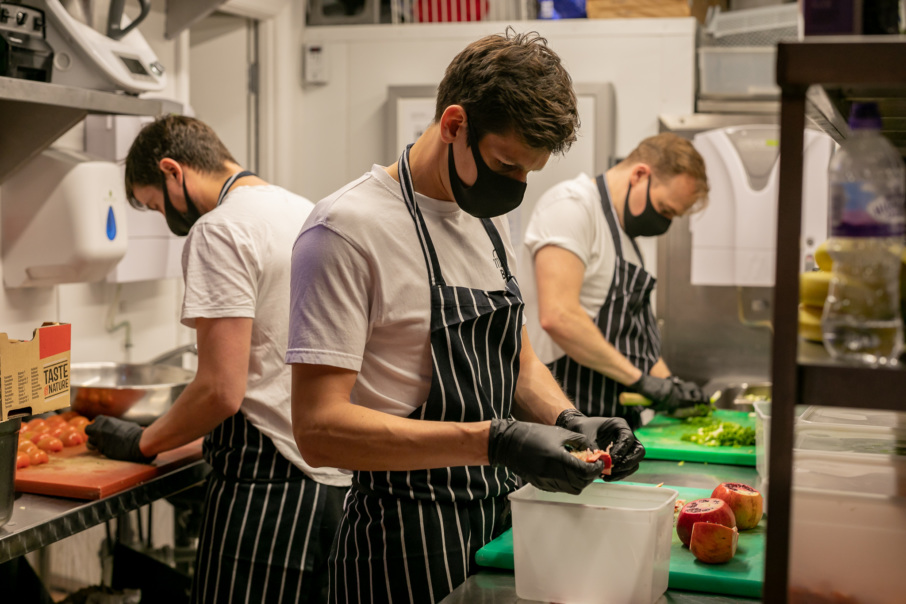
2. Restaurant Workers Run the Show – and Bear the Brunt of the Consequences
“A plate of croquetas is supposed to evoke promises of Spanish wine and late-night dancing, not visions of someone scraping floury silt from a deep-fryer the next morning. The hospitality industry — the people who prepare our food, take our orders, clear our dishes — is a workforce we rely on for comfort, but consistently fail to recognise.”
In March, as covers from footfall evaporated overnight and the city turned into a ghost town, it quickly became apparent that – contrary to the media’s focus on prominent figures – the vast majority of the restaurant industry relied on a workforce that showed up every day to work long hours in difficult conditions, for little compensation.
This conversation around working conditions up and down our food supply chain – not just in restaurants – drew further attention as restaurants reopened for takeaway and delivery, not to turn a profit or even to make rent payments, but often purely to save the jobs of their staff before the furlough scheme had been announced. The conversation around worker safety intensified as restaurants prepared to reopen for dining, with writer and cook Chloe-Rose Crabtree arguing for greater guest awareness to ensure a better minimum standard for hospitality workers everywhere.
Read the full piece here.
*****
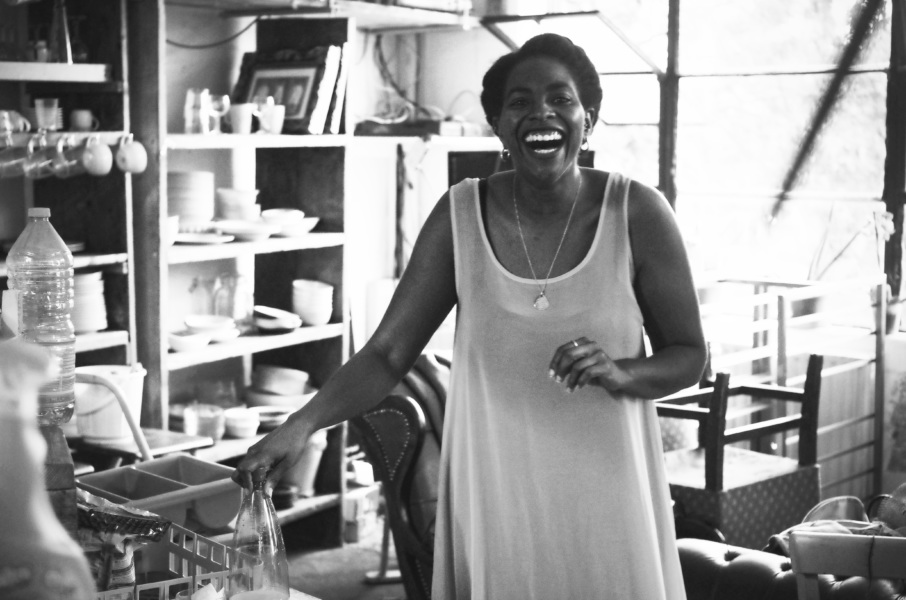
3. Racial Justice Deserves its Due, Whatever the Circumstances
“As the dust settles, I remain cautious and curious about the real work being done. For each black square, how much true allyship continues? We saw the power in working in a unified fashion but what of that continues now, and how are people continuing to show up?”
Over the summer, the murders of George Floyd and Breonna Taylor at the hands of police officers in the United States sparked a global movement in support of Black Lives Matter and racial justice.
While food media in the US had its own reckoning, in London, the industry was forced to reckon with its own poor track record when it came to diversity and representation; who really was benefitting from the labour and cuisines of BIPOC communities; and why, at almost every turn, Black food entrepreneurs had been given the short straw.
The leading writer Riaz Phillips – who is one of a tiny handful who has championed the foodways of London’s Black communities for years – exposed the deep inequalities in London’s hospitality industry in an essay (which you can read here) that breaks down the unique obstacles that Black food entrepreneurs face at every step of the chain:
“From top to bottom, whether you’d care to admit it or not, the British food industry is, for the most part, systemically dominated and gatekept by white people, leaving them to reap the rewards of the industry. This leaves Black British people in the industry effectively needing to be chosen by people outside their community to have any chance of success.”
The summer’s events had a profound effect on Black writers, cooks, thinkers, and restaurant workers in London, with leaders like Zoe Adjonyoh founding initiatives like Black Book – a global agency to properly represent Black talent in food – while others, like journalist and cook Melissa Thompson, shone a light on the diverse talent within the UK’s food and restaurant scene. Others, like Marie Mitchell of Island Social Club, withdrew to reflect on allyship, the joy of existing in Black bodies, and the importance of making space for a wider representation of the city’s cultures and communities.
*****
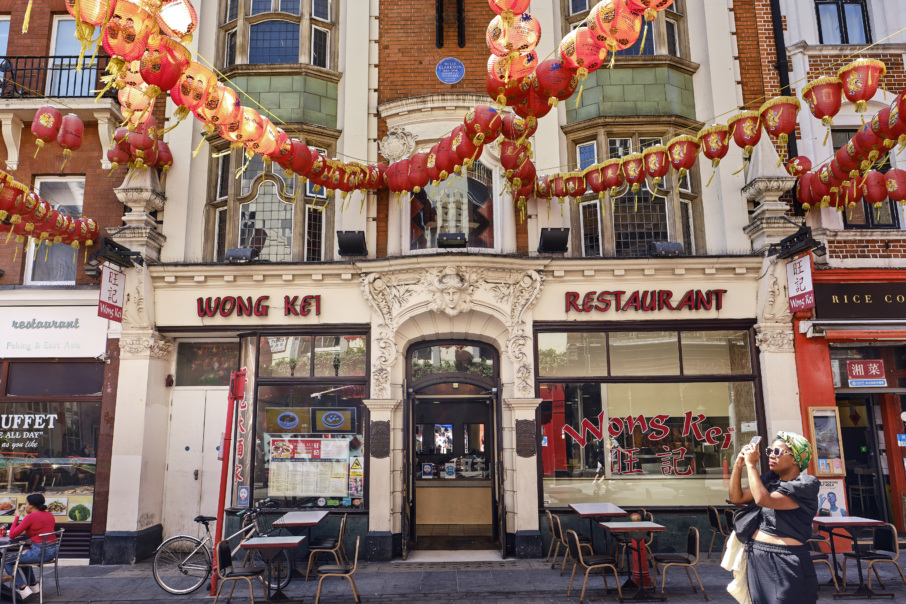
4. Chinatowns Have Suffered More than Most
“My main clientele are business workers and mainland Chinese students, but it’s a scary time to be in hospitality right now. With overseas students thinking it’s safer in Asia than it is here in the UK, and no real time frame of when people can return to their offices – it’s all up in the air.”
Before the pandemic landed properly, some of London’s first businesses to see a noticeable drop in trade as a result of COVID-related fears were Chinese-owned businesses and restaurants in London’s Chinatown, in part due to racist associations regarding the perceived ‘cleanliness’ of Chinese cuisine, and the virus’s origin in mainland China.
Over the course of the year, normalised racism against East and South-East Asian communities has become more visibly mainstream, as terms like ‘China virus’ perpetuated the notion that, somehow, Chinese people (and those who could be mistaken for them) were to blame for the pandemic; a fact reinforced by a global surge of hate crimes committed against East and South-East Asian people.
For older family-owned Cantonese restaurants in London’s Chinatown, already embattled by a mixture of declining trade and rising rents, the pandemic pushed them even further to the brink.
These conflicts come at a time when the neighbourhood’s identity stands at a crossroads between the old and new, tradition and modernity. Meanwhile, prior to the pandemic, pockets of Chinese restaurants catering to mainland expats evolved across London, giving life to the notion that, while Chinatowns may not exist in a form many knew from past iterations, the spirit of community they represent could carry to future versions.
*****
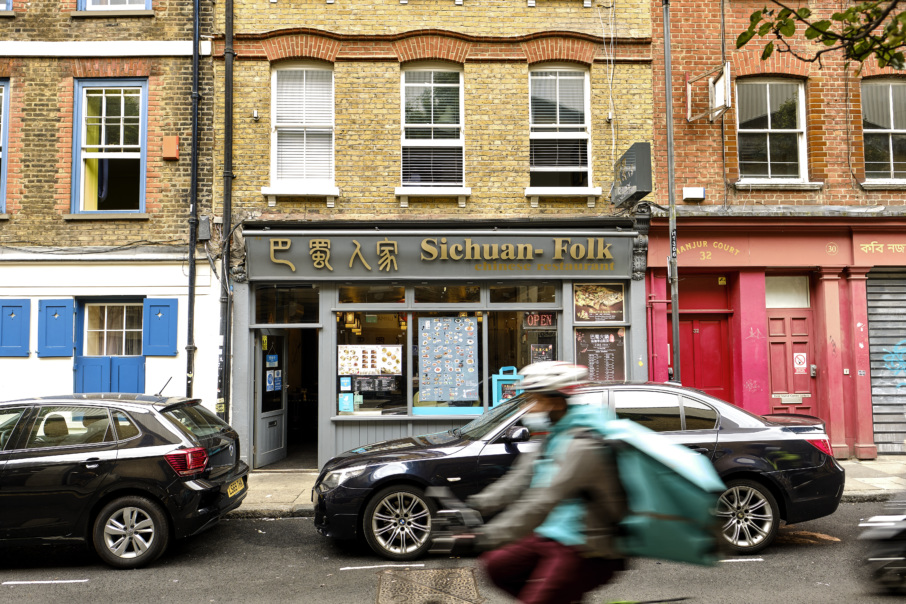
5. Takeaway and Delivery is Here to Stay
Unlike New York, London is not a natural delivery city – with its diffuse topography, low-rise neighbourhoods, and hospitality businesses heavily concentrated in a handful of areas, it arguably never had the density that a city required to support a thriving delivery economy.
All of that changed, however, with the arrival of COVID-19, with many restaurants scrambling to offer their menus, at-home kits, and entire wine lists to guests via third-party apps out of necessity. More often than not, the margins have been even thinner than those of a bricks-and-mortar restaurant – if a business is even able to make a profit at all.
The picture is a complicated one – who knows how much the delivery model will help in the long run? With the public still cautious about dining out in the immediate (and likely distant) future, and with restaurants likely having to maximise their business to survive in the long run, don’t expect delivery to disappear any time soon.
In the immediate term, for many restaurants fighting to survive a punishing winter, it’s still a key source of revenue. No one knows how much takeaway and delivery will help – but it will help. Ordering directly from the restaurant and collecting in person is the best way to ensure as much of your money goes to the business as possible – here’s our guide to the city’s outstanding restaurant takeaway and delivery options to get you started.
*****
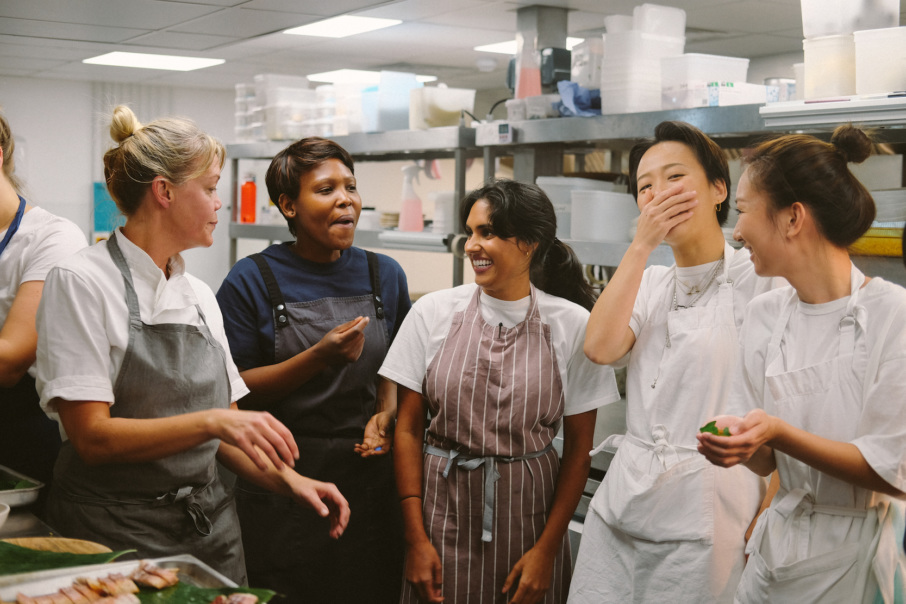
6. Restaurants Still Aren’t Getting the Support They Need from the Government
“This constant yo-yoing of restrictions and enforcements with regards to its effect on the hospitality industry means that businesses have had to continually think on their feet and make tough decisions regarding theirs and their employees’ futures. And while a concern for others is a driving force for entering the industry and for stepping up for those in need, restaurants and their workers won’t be able to continue to do so without help.”
While restaurants around the country have benefitted from some of the Government’s initiatives like the furlough scheme, cuts to business rates, a rent eviction moratorium, and Eat Out to Help Out over the summer, the overall feeling from the industry is that a lack of clear strategy and direction has led to a disastrous mishandling of the hospitality industry and those who work in it.
Critics have cited a lack of convincing data linking outbreaks to hospitality venues, a 10pm curfew that effectively halved existing business, and little advance warning of lockdowns and movement into amended tiers; furthermore, while some protections against eviction were installed, current measures have left many restaurants at the mercy of unscrupulous landlords. While support for the industry exists, it’s still nowhere near proportionate to the amount of havoc wreaked by coronavirus.
In an op-ed, chef and writer Ravneet Gill, a passionate advocate for London’s hospitality industry, argues that at each turn, restaurants have stepped up to help their communities and the most vulnerable – but when they’ve needed help themselves, the Government’s measures have left much to be desired. Read it in its entirety here.
*****
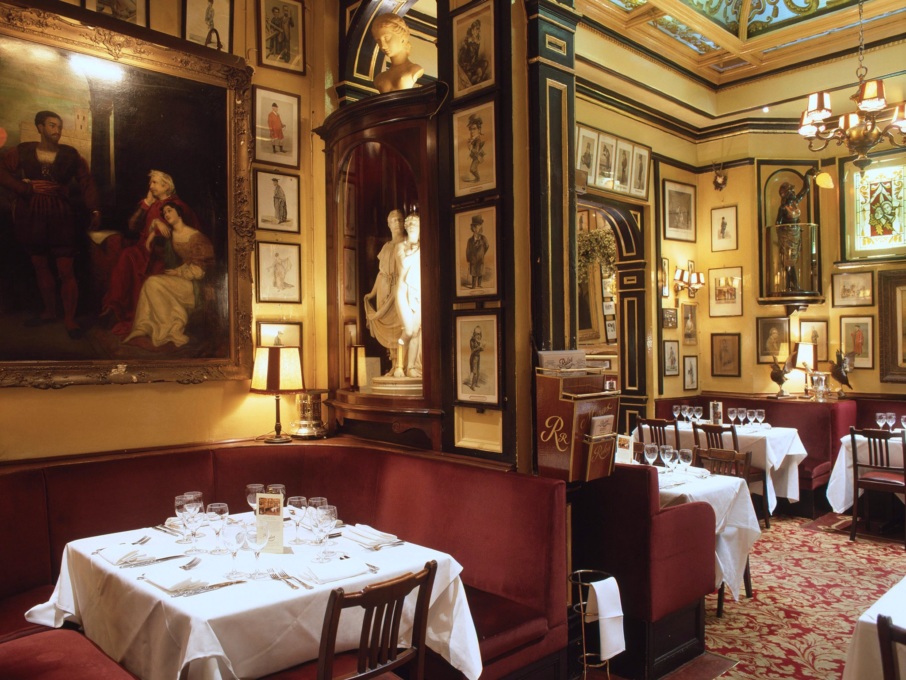
7. The Little Things Are What Makes a Restaurant Great
“It’s just before midday on a Friday, and the dining room is laid up for lunch, like a stage waiting for the lights to go down. I wasn’t planning to eat here today, but I’ve just had some good news – the first in a while – and I’m thinking it might be nice to celebrate. I open the menu on my phone and feel the familiar fingertip tingle at seeing things I know and love, like coming home.”
While 2020 was a year of necessary adaptation, it was also a year of loss. The closure of high-profile establishments like Sardine and The Ledbury were mourned, but equally so were older, classic institutions like the Shepherdess Café, Percy Ingle’s bakeries, and Chinatown standbys Hung’s and Young Cheng.
The message was clear – now is the time to support the restaurants we love, or we risk them becoming little more than memories. At the same time, many reminisced on the joys of a visit to a restaurant; whether sliding into an empty bar seat during a busy service and eating at the bar, celebrating an occasion in the familiar embrace of a cherished local, or frequenting an establishment and earning the hallowed status of a regular.
Some restaurants, like legendary Soho landmark Quo Vadis (immortalised by author Emma Hughes in a touching tribute), generate unparalleled conviviality by focusing on perfecting the fundamentals of food, service, ambience, and value; others, like Hunan in Pimlico, became celebrated for their idiosyncrasies and individuality.
As a result, we compiled our favourites into a Definitive Guide to London’s Classic Restaurants, all of which encapsulate the kind of warmth, excitement, and pleasure we associate with the sheer thrill of dining out.
David Paw is Resy’s International Editor. Follow Resy on Instagram and Twitter.
- The Definitive Guide to London’s Classic Restaurants
- Resy’s Guide to Takeaway and Delivery in London
- Through the Pandemic, Restaurants Have Supported Others. They Deserve the Same Support in Return
- In The Food Industry, The Odds Have Always Been Stacked Against Black People
- The Resy Guide to London’s Chinese Restaurants, By Those Who Know Them Best

